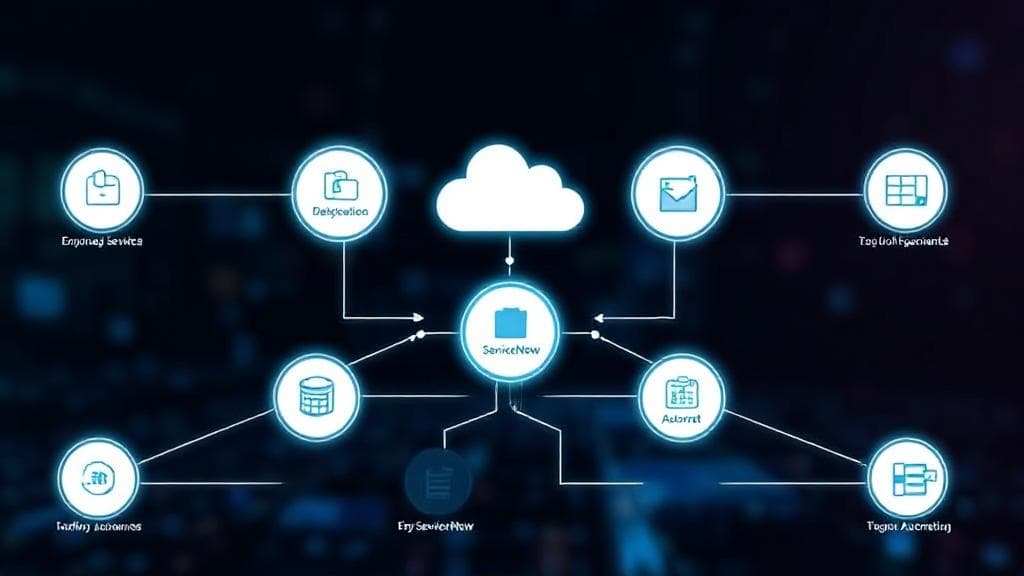Understanding ServiceNow
ServiceNow is a cloud-based platform designed to help organizations manage digital workflows for enterprise operations. Founded in 2004 by Fred Luddy, it has evolved from a simple IT Service Management (ITSM) tool into a comprehensive solution for digital transformation.
The Now Platform
The Now Platform serves as the foundation for all ServiceNow applications, providing:
- Workflow automation capabilities
- Integration tools
- Development environment
- Security framework
- Reporting and analytics
Core Applications and Features 🔧
IT Service Management (ITSM)
- Manage incidents
- Handle service requests
- Track problems
- Implement changes
- Maintain configuration management database (CMDB)
IT Operations Management (ITOM)
- Service mapping
- Event management
- Discovery
- Cloud management
Customer Service Management (CSM)
- Case management
- Knowledge base
- Self-service portals
- Automated routing
- Seamless service experience
HR Service Delivery
Streamlines HR processes and improves employee experiences
How ServiceNow Works 🛠️
Cloud-Based Architecture
ServiceNow operates as a Software as a Service (SaaS) platform, eliminating the need for on-premises infrastructure and reducing costs and complexity.
Workflow Engine
"Automates complex business processes by breaking them down into discrete tasks and routing them to the appropriate teams or individuals."
Unified Data Model
The platform uses a single data model that ensures:
- Consistency across applications
- Easy integration
- Reliable reporting
- Seamless scalability
Integration Capabilities
ServiceNow can integrate with numerous systems through:
- REST APIs
- SOAP web services
- Integration Hub
- MID Servers
For more on integrations, visit ServiceNow's integration hub.
Benefits and Impact 📈
| Area | Benefit |
|---|---|
| Efficiency | Reduced manual processes |
| Visibility | Enhanced reporting and tracking |
| Compliance | Improved regulatory adherence |
| Cost | Lower operational expenses |
Additional Benefits
- Improved collaboration across departments
- Enhanced customer satisfaction
- Real-time insights through dashboards
- Scalability to meet growing needs
Implementation Best Practices ⚡
Planning Phase
- Define clear objectives
- Map current processes
- Identify stakeholders
- Set realistic timelines
Execution Phase
- Start with core modules
- Train users effectively
- Document customizations
- Establish governance framework
Future Trends
The platform continues to evolve with:
- Artificial Intelligence and Machine Learning capabilities
- Predictive Analytics
- Low-code/No-code development
- Internet of Things (IoT) integration
For those interested in exploring ServiceNow further, consider checking out their community forums or blog for insights and discussions with other users.
